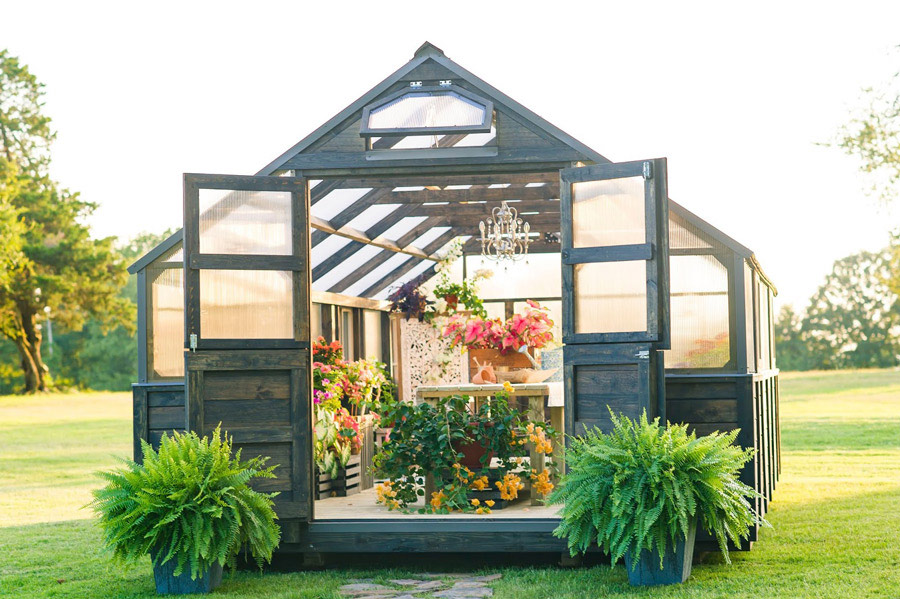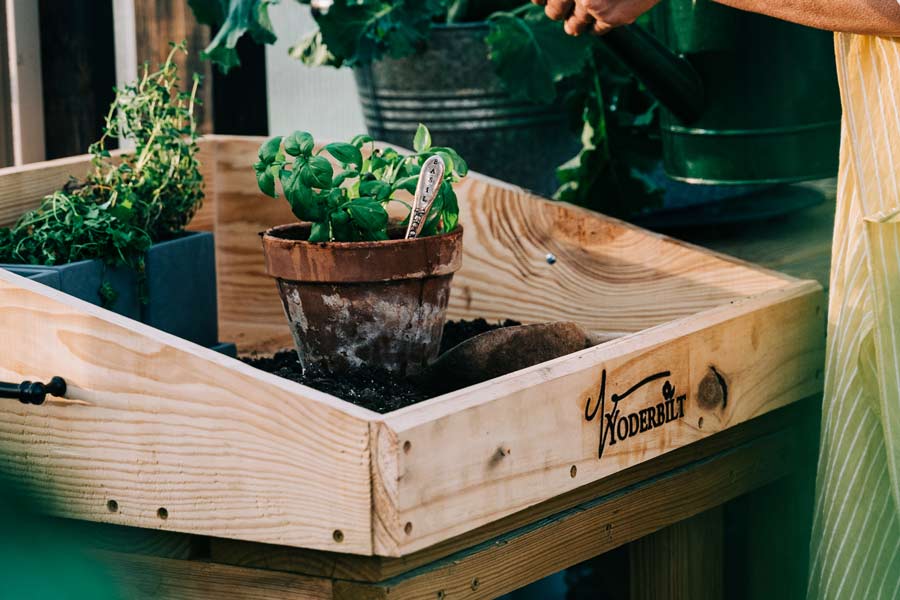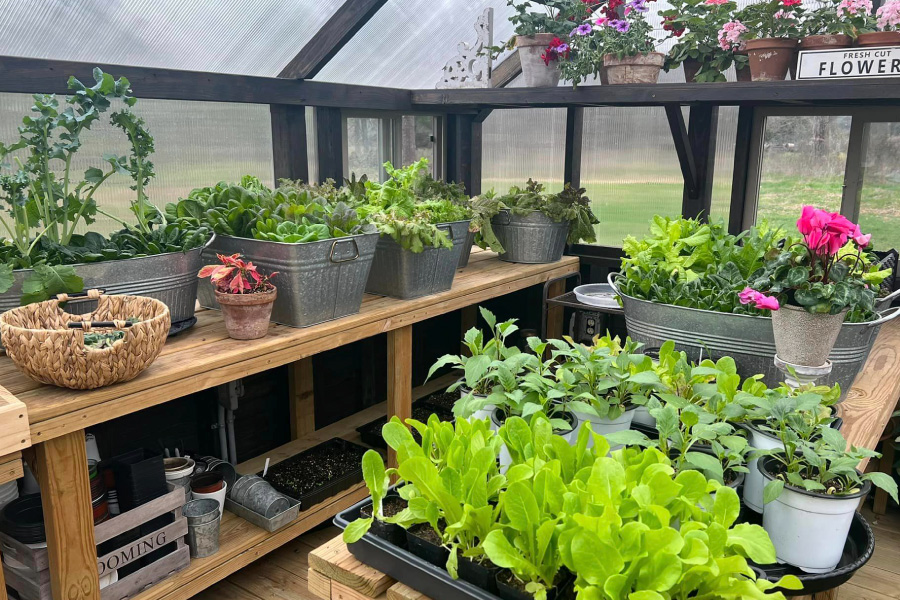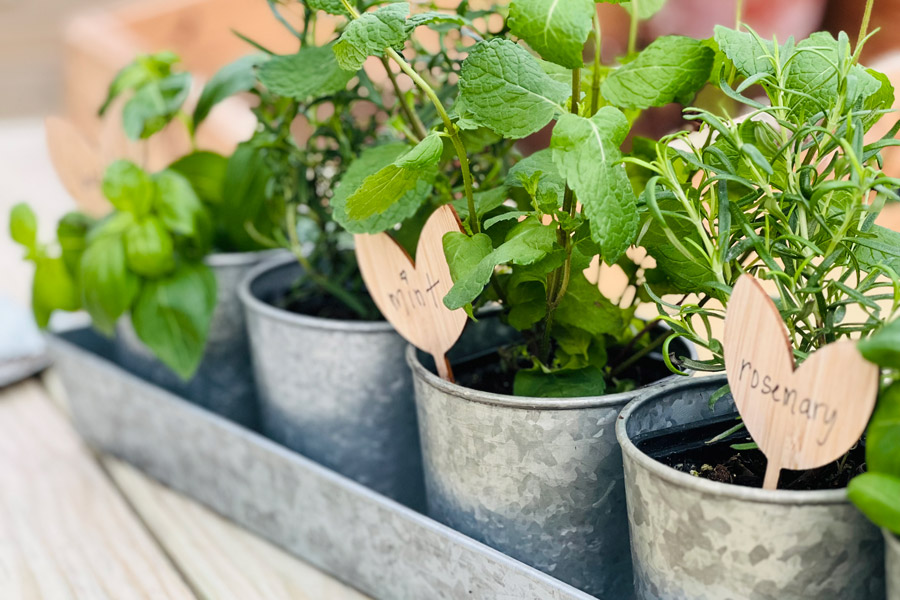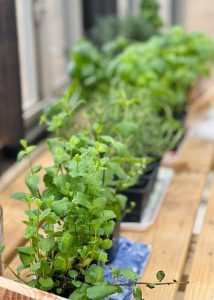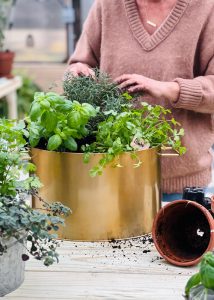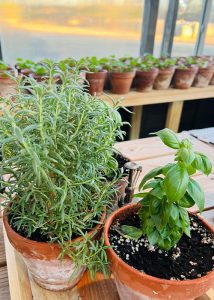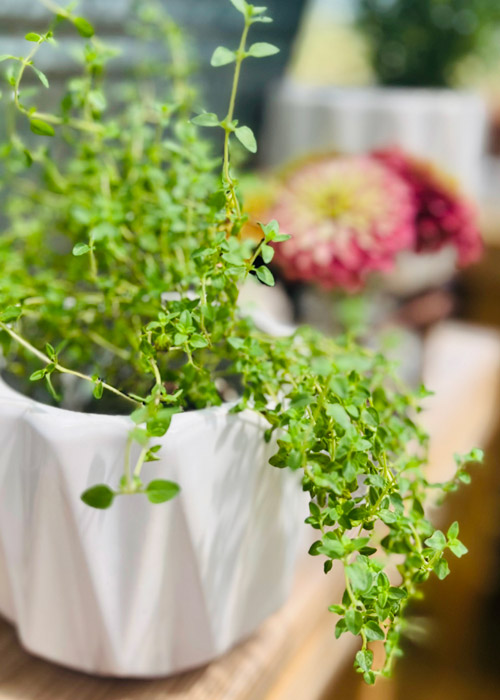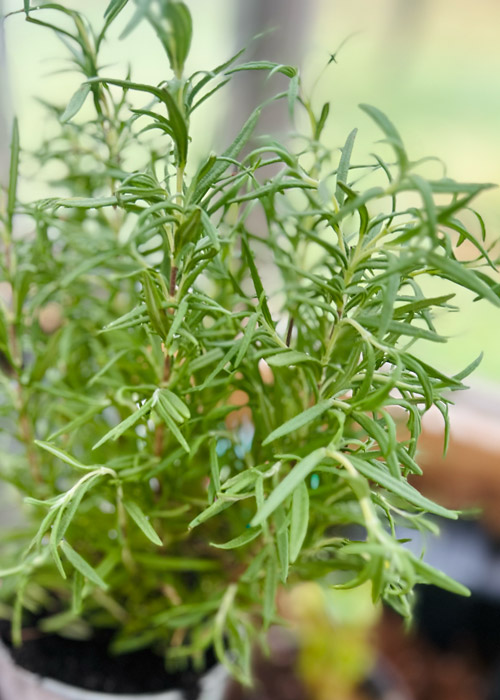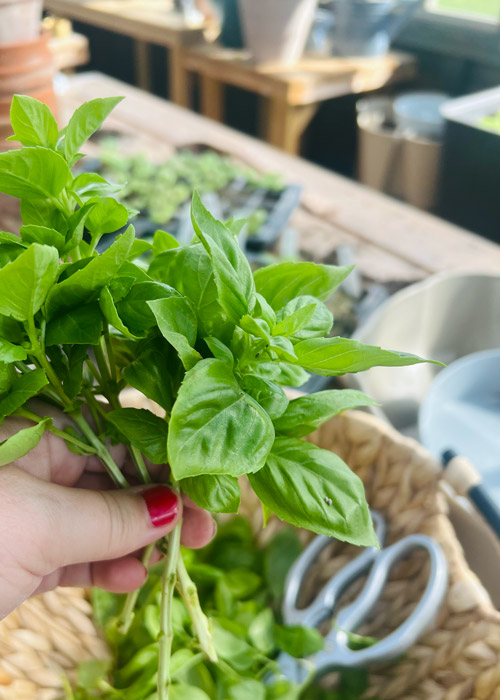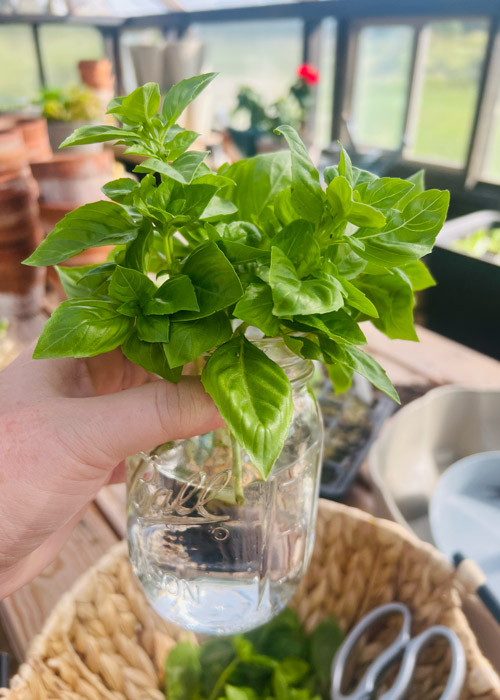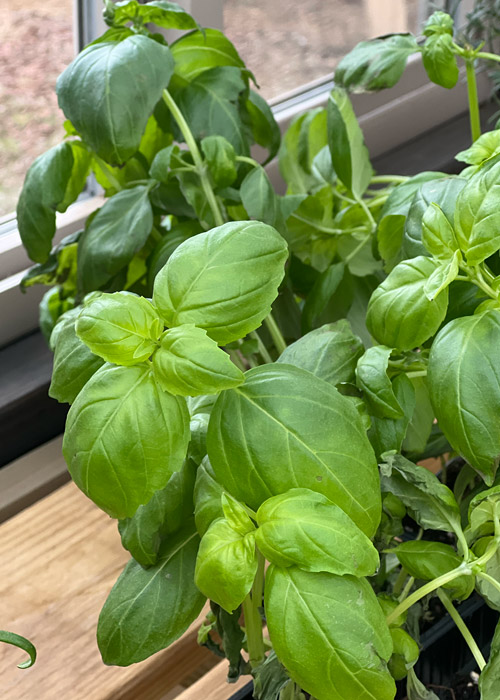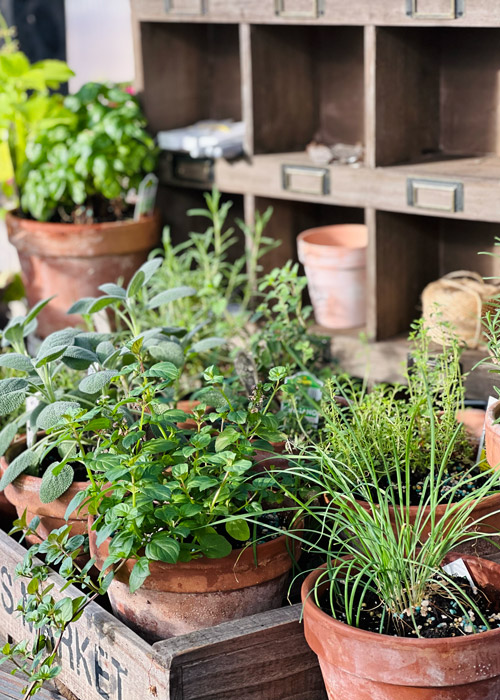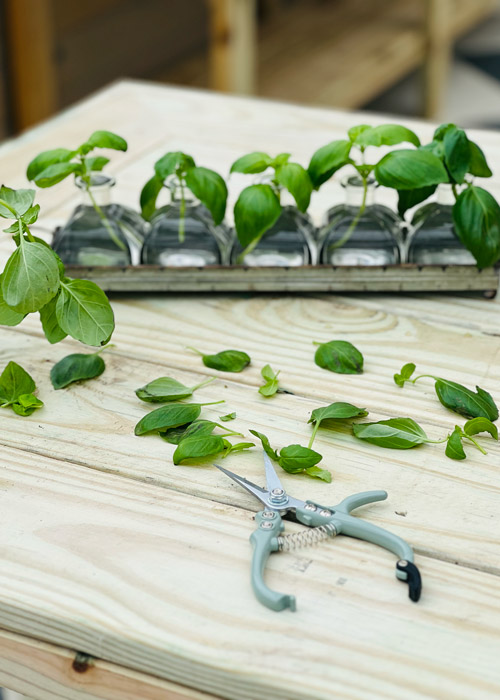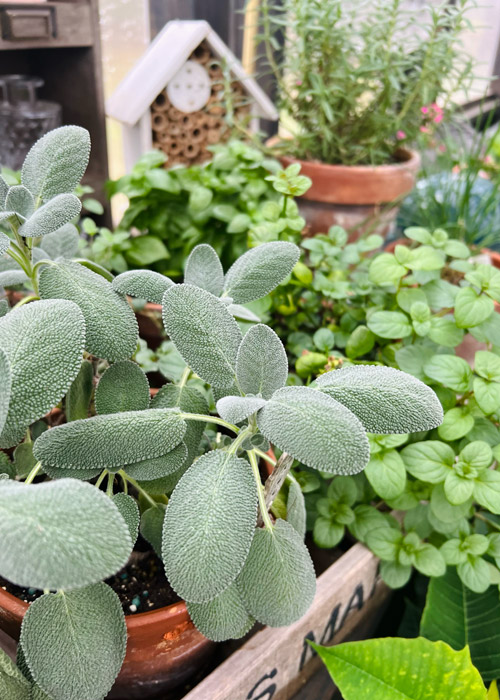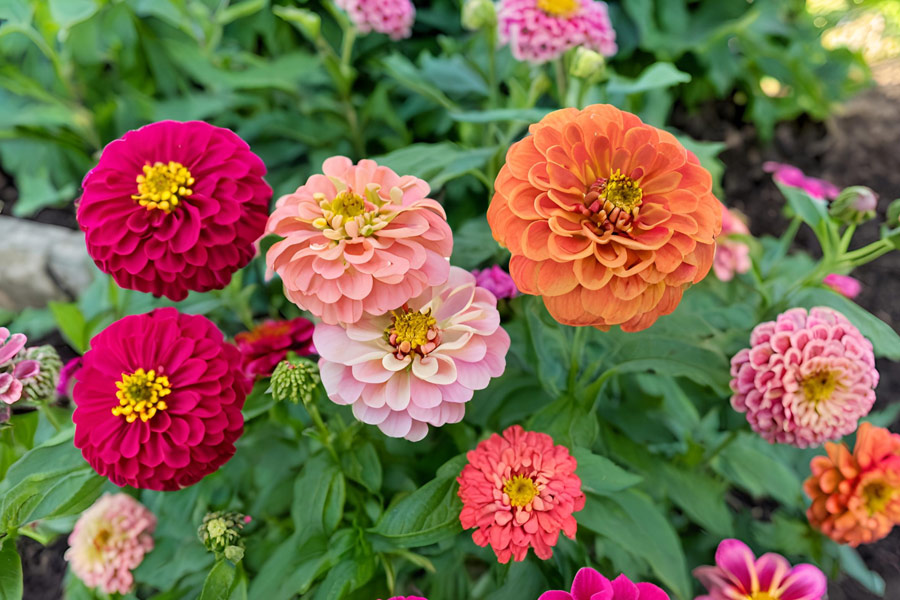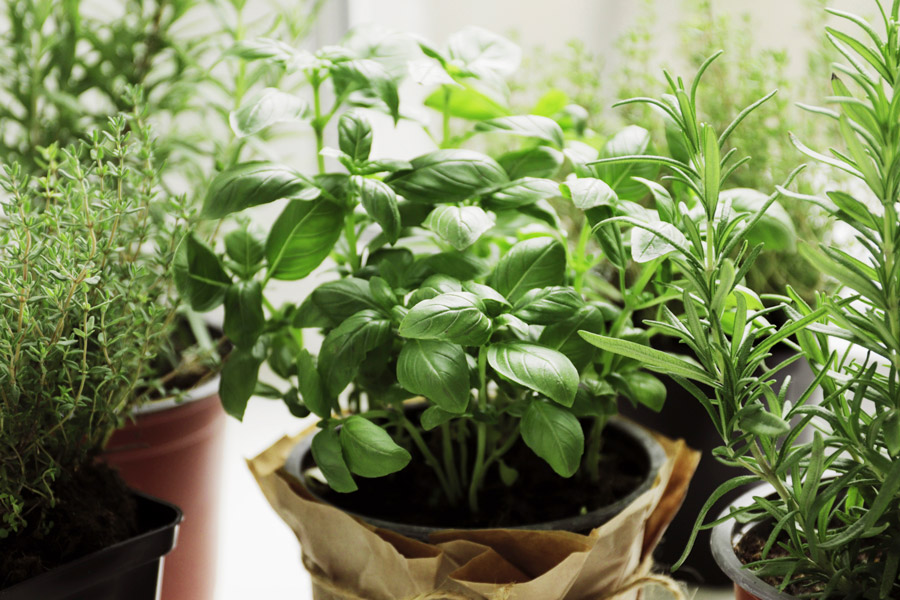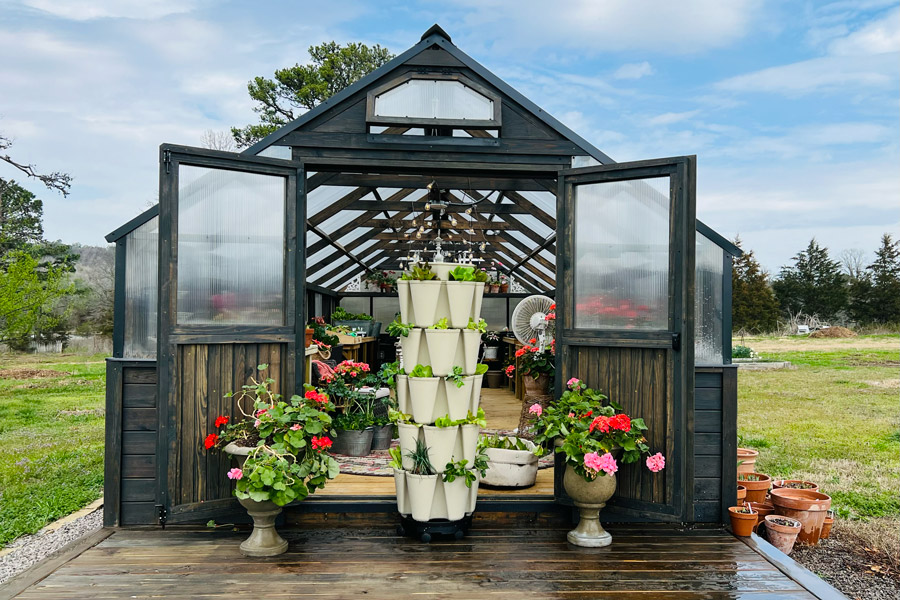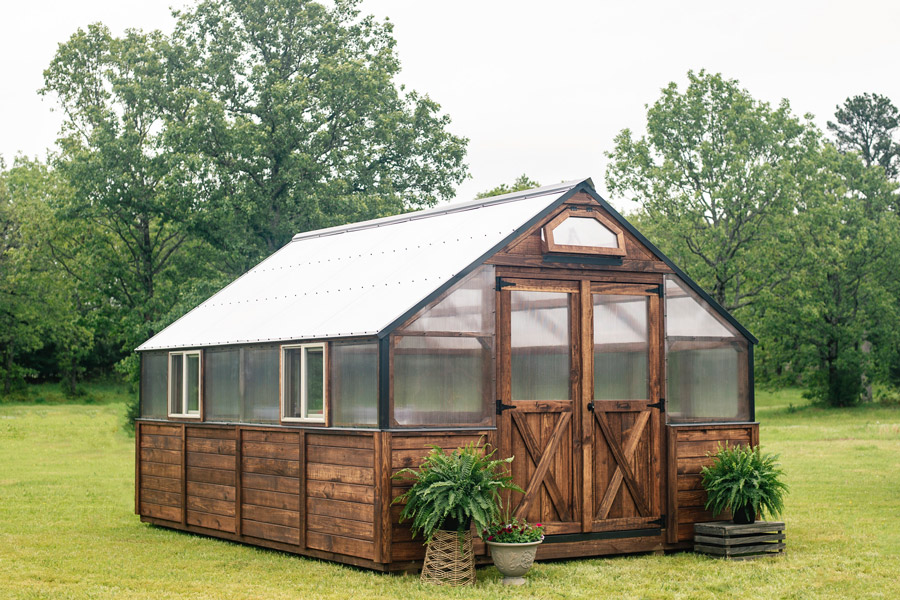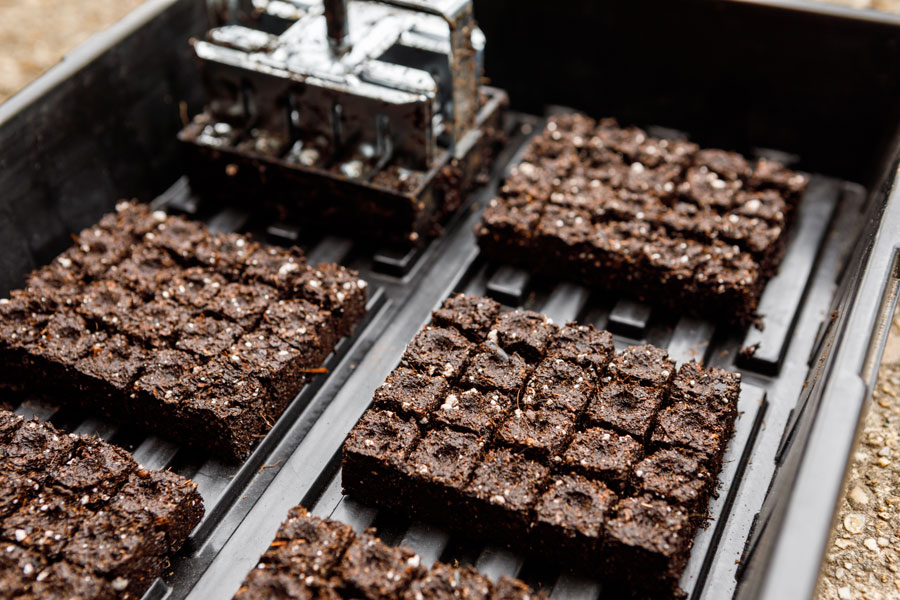The Ease of Growing Herbs in Your Greenhouse
Growing herbs in your greenhouse is not only rewarding but also a practical way to ensure a fresh supply of your favorite flavors year-round. Herbs like cilantro, basil, chives, rosemary, oregano, and thyme (the list goes on!) thrive in the controlled environment of a greenhouse, allowing you to nurture them from seed, transplant established plants, or propagate from cuttings. In this guide, we’ll explore the ease of growing these herbs and how they can enhance your both your culinary and daily life.
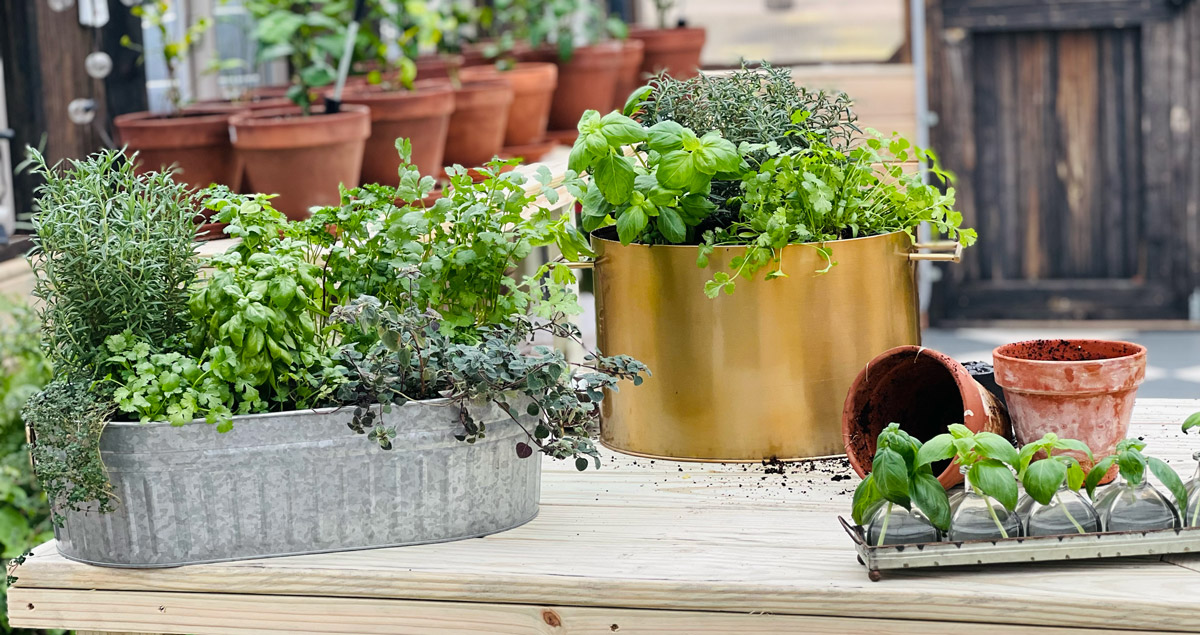
Growing Herbs from Seed
Benefits
- Cost-effective
- Wide variety of cultivars
- Satisfaction of nurturing plants from the very beginning while knowing everything from soil to water that went into that plant.
Here are some of my very favorites and the ones I always try to have in my greenhouse…they are great for a beginner or seasoned gardener.
Process and Timeframe:
- Cilantro: Seeds germinate in 7-10 days. Ready to harvest in about 3-4 weeks. I do gently crush the outside seed covering to allow for faster germination.
- Basil: Seeds germinate in 5-10 days. Ready to harvest in 3-4 weeks.
- Chives: Seeds germinate in 10-14 days. Ready to harvest in about 3 months.
- Rosemary: Seeds germinate in 14-28 days. Ready to harvest in about 12 months.
- Oregano: Seeds germinate in 7-14 days. Ready to harvest in about 3-6 months.
- Thyme: Seeds germinate in 14-21 days. Ready to harvest in about 6-12 months.
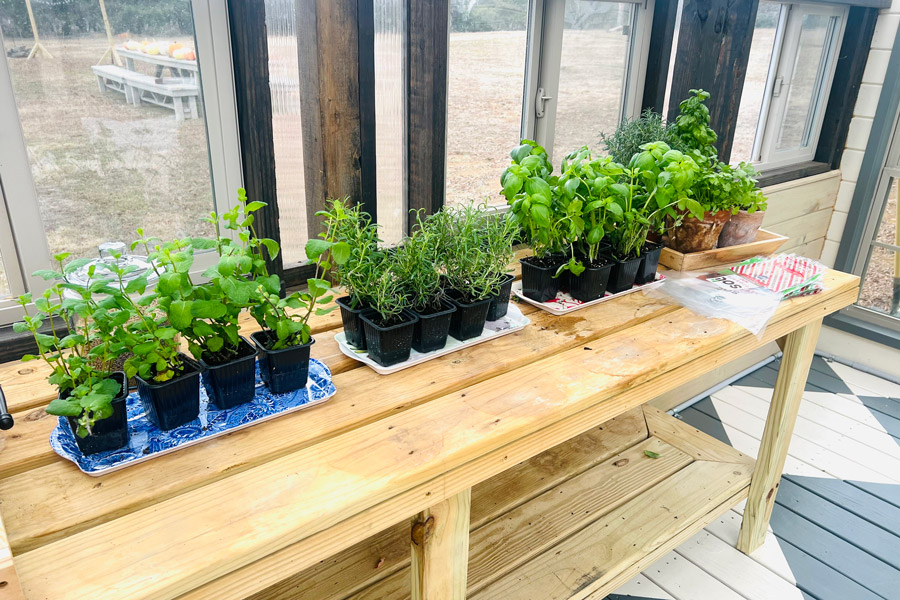
Buying Established Plants
Benefits:
- Immediate use
- Less care is required in the early stages
- Can usually find plants easily. One tip to keep in mind, if it is an off-season for your garden center and they are not carrying plants – check out your produce section for some rooted herb plants. They are typically very inexpensive and if you can find a fresh delivery, healthy and established.
Process:
- Purchase plants from a reputable nursery, garden center or produce section of your grocery store.
- Transplant them into your greenhouse containers.
- Water and maintain them as needed, considering each herb's specific needs.
Propagation from Cuttings
Benefits:
- Economical
- Preserves the genetic traits of the parent plant
- Faster than growing from seeds
I do this every fall as my outside garden around September to allow for new plants to become established in my greenhouse before my garden has its first frost.
Process:
- Cilantro: Not typically propagated from cuttings. So I successively plant these in pots all year long.
- Basil: Cut a 4-6 inch piece below a node. Place in water until roots develop (1-2 weeks), then plant in soil. Such an easy one to propagate! Chives: Propagate by division rather than cuttings.
- Rosemary: Take a 4-6 inch cutting, remove lower leaves, and plant in moist soil. Roots develop in 3-4 weeks. Make sure your cutting is not of a woody section but tender green.
- Oregano: Take a 3-5 inch cutting, place in water until roots form (1-2 weeks), then transplant to soil.
- Thyme: Take a 4-6 inch cutting, plant directly in soil, and keep moist until roots develop (3-4 weeks).
Details and Benefits
1. Cilantro
- Benefits: Rich in antioxidants, aids digestion, versatile in culinary uses.
- Uses: Salsa, guacamole, soups, salads, garnishes.
2. Basil
- Benefits: Anti-inflammatory properties, supports cardiovascular health, enhances digestion.
- Uses: Pesto, salads, pasta dishes, pizzas, infused oils.
3. Chives
- Benefits: Rich in vitamins A and C, boosts immune system, improves digestion.
- Uses: Soups, salads, omelets, garnishes, herb butters.
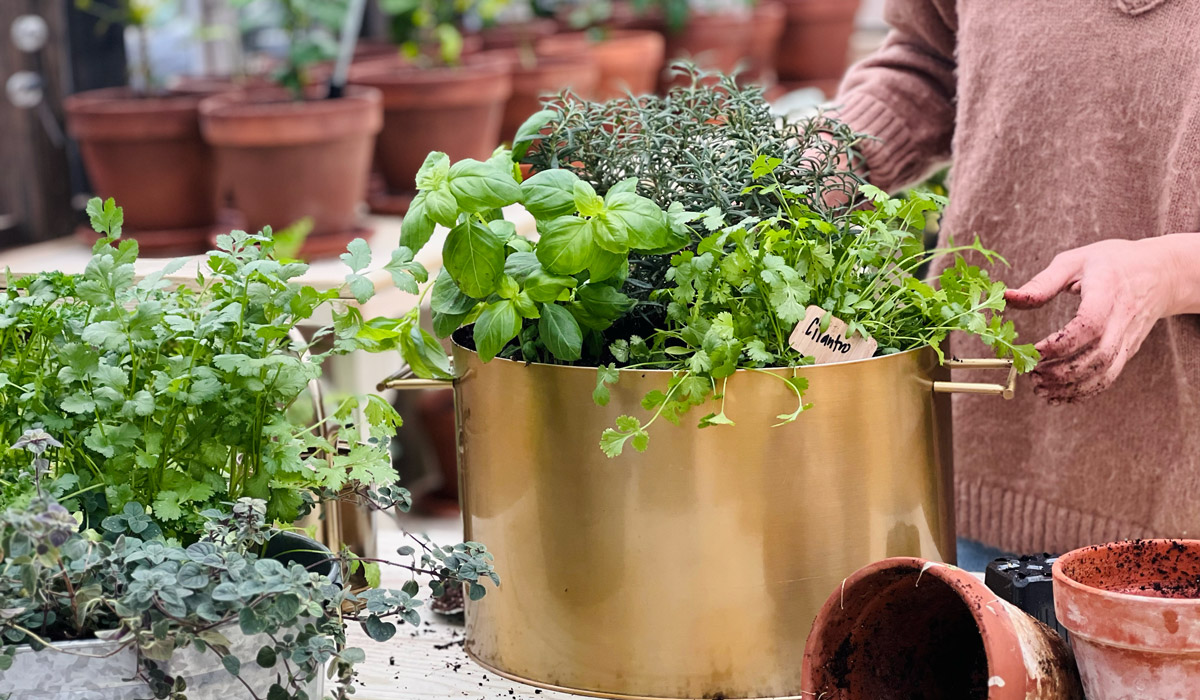
4. Rosemary
- Benefits: Antioxidant and anti-inflammatory compounds, improves memory, supports digestion.
- Uses: Roasted meats, stews, breads, infused oils, teas.
5. Oregano
- Benefits: Potent antioxidant, antibacterial properties, supports respiratory health.
- Uses: Pizza, pasta sauces, marinades, soups, herbal teas.
6. Thyme
- Benefits: Antimicrobial properties, supports respiratory health, rich in vitamins C and A.
- Uses: Soups, stews, roasted vegetables, marinades, herbal teas.
Growing herbs in your greenhouse offers an endless list of benefits, from the joy of nurturing plants to the convenience of having fresh herbs at your fingertips. Whether you start from seeds, purchase established plants, or propagate from cuttings, you can enjoy a continuous supply of flavorful and healthful herbs like cilantro, basil, chives, rosemary, oregano, and thyme. Incorporate these herbs into your daily life to elevate your culinary creations and enhance your overall well-being. By exploring these various methods of growing herbs, you can find what works best for you and enjoy the countless benefits of having fresh herbs available year-round.

